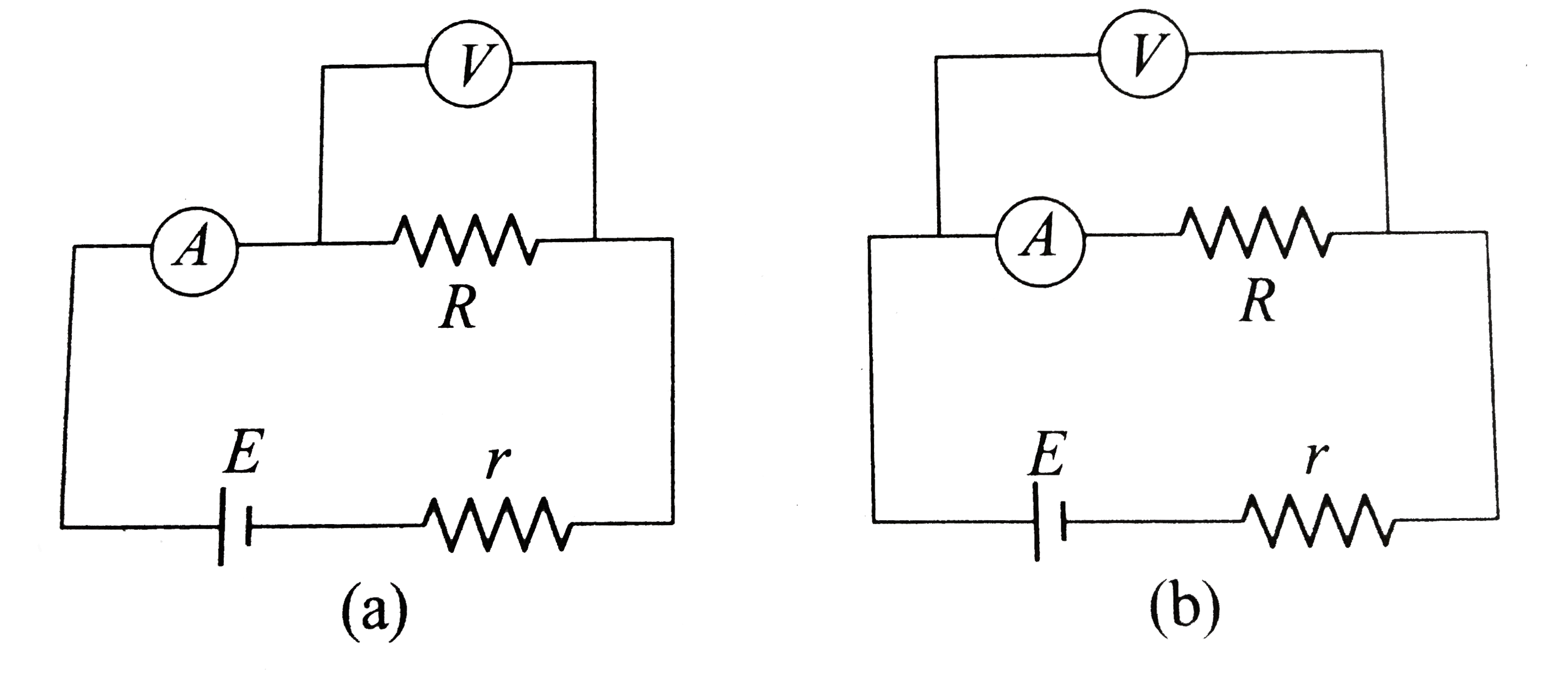The resistance R=VI where V=(200±5)V and I=(20±0.2)A ,the percentage error in the measurement of "R" is :
7%
3%
5.5%
3.5%
Step by step video solution for The resistance R=(V)/(I) where V=(200+-5)V and I=(20+-0.2)A ,the percentage error in the measurement of "R" is : by Physics experts to help you in doubts & scoring excellent marks in Class 12 exams.
Topper's Solved these Questions
Similar Questions
Knowledge Check
- Question 1 - Select One
The resistance R=VI, where V=(100±5.0)V and I=(10±0.2)A. Find the percentage error in R.
A0.7%B0.5%C5%D7% - Question 2 - Select One
If voltage V=(100±5) V and current I=(10±0.2) A, the percentage error in resistance R is
A0.052B0.25C0.07D0.1 - Question 3 - Select One
If voltage V=(100±5) V and current I=(10±0.2) A, the percentage error in resistance R is
A5.2%B0.25C0.07D0.1
The resistance of a conductor R=V/I, where V=(50±2)V and I=(9±0.3)A. Find the percentage error in R.
View SolutionThe resistance R=VI, whereV=100±5VandI=10±0.2A. The pressure error in V is 5% and in I is 2%. What is the total percentage error in R?
View Solution[" According to ohms law "V=iR" ,"],[" where "V" is potential "],[" difference,"l=" electric current "],[" and "R=" resistance.If "],[V=(220+-11)" volt and "],[i=(10+-0.1)" ampere and "],[" percentage error in the "],[" measurement of "R" is "n%" then "],[" find the value of "n" ? "]
View SolutionThe value of resistance of an unknown resistor is calculated using the formula R=V/I where V and I are the readings of the voltmeter and the ammeter, respectivley. Consider the circuits below. The internal resistances of the voltmeter and the ammeter (RVandRG,respectively) are finite and nonzero.
 ,
,
Let RAandRB be the calculated values in the two cases A and B , respectively.
If the resistance of voltmeter is RV=1kΩ and the percentage error in the measurement of R (the value of R is nearly 10Ω)isView SolutionThe resistance R of a wire is given by the relation R=ρlπr2. Percentage error in the measurement of ρ,landr is 1 % , 2% and 3% respectively. Then the percentage error in the measurement of R is
View Solution
